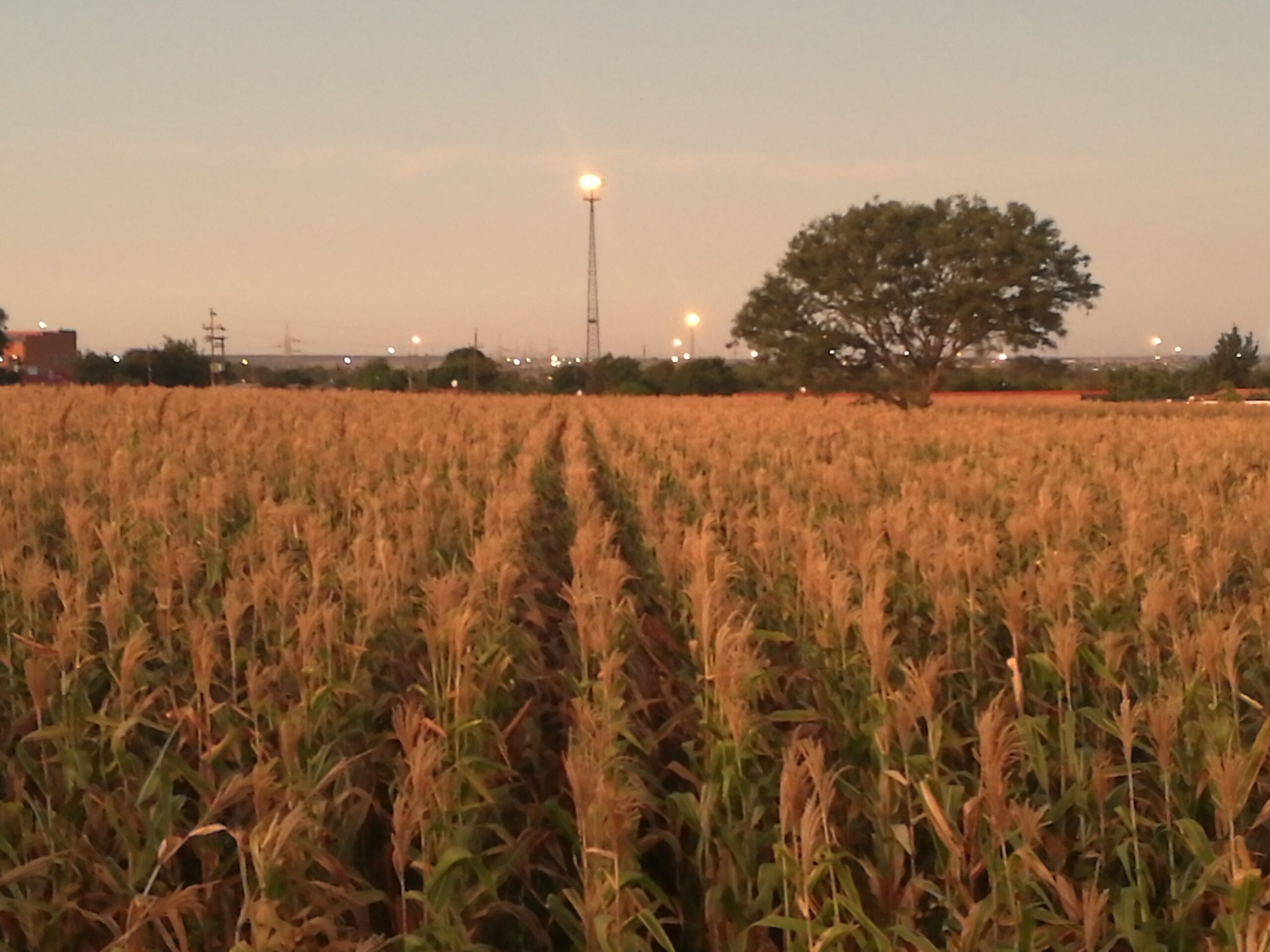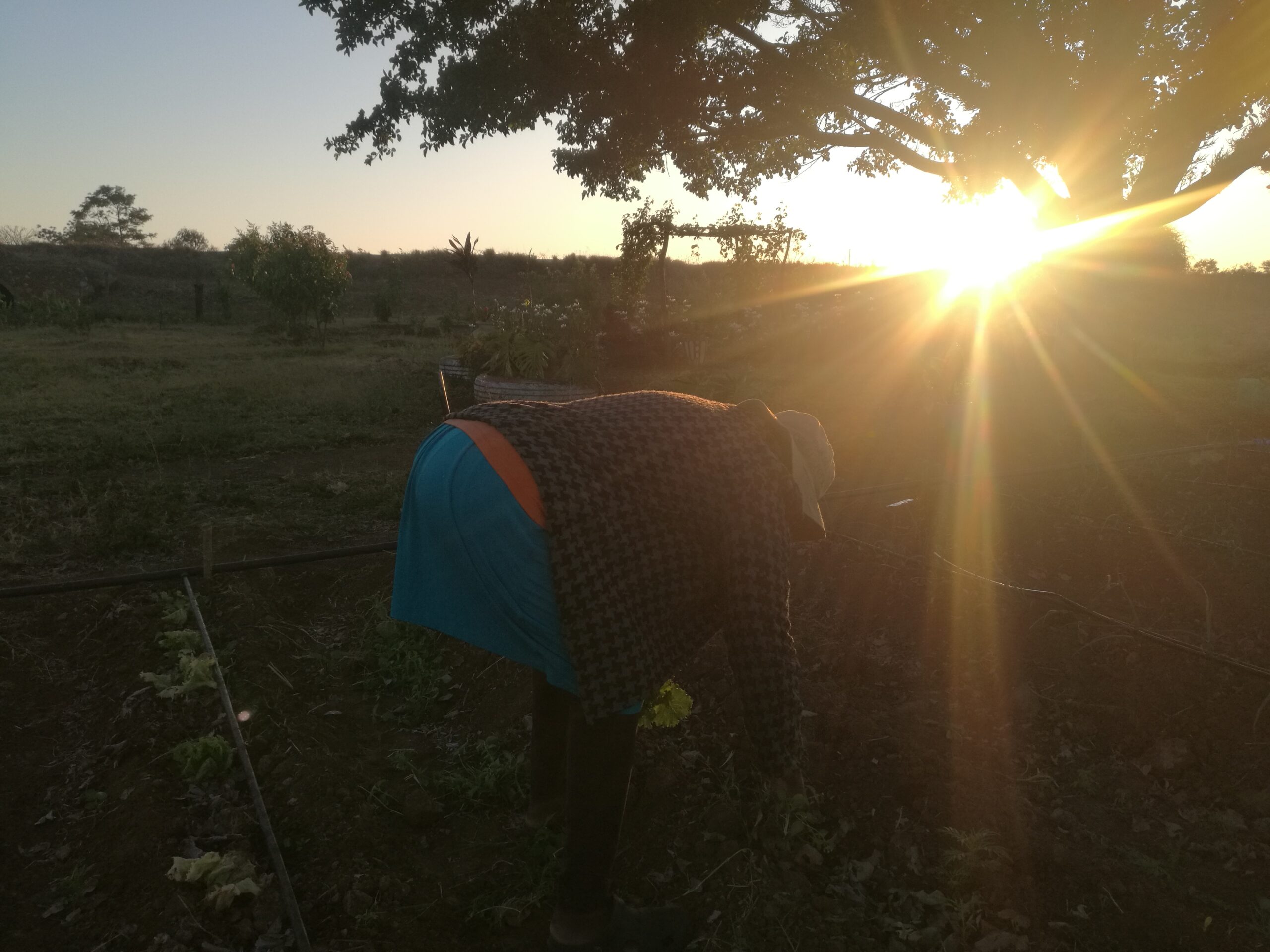The whir of an electricity-powered generator at Nelson Madziva’s grinding mill in one of Bulawayo’s sprawling townships is constant as residents bring their corn to be turned into the staple mealie meal.
It is only when the generator’s hum is disrupted by power cuts that Madziva — and indeed his customers — is down in the mouth.

The activity at his grinding mill is a sign that his business is doing well, and perhaps more importantly, residents are eating what they grow.
“Each good harvest means brisk business,” Madziva said.
Farming in the city was seen as a sign of urban poverty as societal pressures put markers on haves and have-nots.
Residents in Zimbabwe’s second-largest city are feeding themselves from parcels of municipality land, after years of city officials banning urban farming.
It had become an annual spectacle during the cropping season — municipality officials slashing tasselling corn, to the chagrin of residents whose pockets had been emptied by economic circumstances that push up the prices of basic commodities.
“The City of Bulawayo is still concerned about urban agriculture through the Urban Agriculture Policy, Environmental Management Act, and Protection of Lands bylaws,” said Nesisa Mpofu, the city’s spokesperson.
“Growing crops in undesignated areas such as road reserves and streambanks is illegal because this can exacerbate soil erosion and promote siltation. When they plant in such areas, the crops are slashed.”

Despite these concerns, farming is taking root in the city of about a million people.
It used to be an industrial hub but the once-vibrant factories have become quiet wastelands.
For residents, growing their food is a survival tactic.
In the past, taking to the fields to grow staples such as corn was seen as a preserve of residents of communal areas.
The only thing that residents seem to regret is that they can’t produce sugar and cooking oil that is part of their daily food basket.
Farming in the city was also seen as a sign of urban poverty as societal pressures put markers on haves and have-nots.
However, subsistence farming has taken a new hue and forms a part of localized food ecosystems thanks to the municipality relaxing city by-laws that previously prohibited urban farming.
Successive seasons of abundant rains have also contributed to food resilience and sustainability endeavors, with residents building in their backyards small silos for storing grains.

“We have learned to grow our food and the recent rains encouraged us,” said Mabel Gumbo, a granny who is in her sixties.
Gumbo, who has lived in the city all her life, said she remembers when she saw no reason to grow corn in the city.
“Times are tough for everyone and that means you cannot afford things such as mealie meals that we used to take for granted,” Gumbo said.
This past season, she planted corn, groundnuts, and round nuts on a parcel of land not far from her home.
In the past, city residents engaged in barter trade with communal farmers who gave them corn, ground nuts, and other locally grown food items in return for soap, cooking oil, and clothes.
“My grandchildren love these foods,” she said, as corn and groundnuts replace the traditional breakfast of buttered bread.
The only thing that residents seem to regret is that they can’t produce sugar and cooking oil that is part of their daily food basket.
Gumbo, like many other residents, has her corn processed at Madziva’s grinding mill, where she pays one dollar for ten to fifteen kilograms of the staple mealie meal.
In the local shops, ten kilograms of mealie meal can cost up to seven dollars depending on the brand.
In the past, city residents engaged in barter trade with communal farmers who gave them corn, ground nuts, and other locally grown food items in return for soap, cooking oil, and clothes.

But nowadays, urban dwellers are growing all that for themselves, disrupting once-thriving rural economies.
The Food and Agriculture Organization (FAO) is promoting such practices as part of what it calls the Green Cities Initiative “aimed at improving the livelihoods and well-being of urban and peri-urban populations in at least 100 cities around the world in the next three years, looking to have 1000 cities join by 2030.”
“Urban and peri-urban agriculture is one of the key pillars of the initiative through which FAO intends to foster sustainable and climate-resilient practices and technologies to improve local food production in urban and peri-urban areas,” said Kevin Mazorodze, FAO spokesperson.
“To kick-start the initiative in Zimbabwe, FAO has signed a Letter of Intent with the City of Bulawayo to support them to achieve sustainable and inclusive urban agri-food systems.”
The only concerns have come from the Environmental Management Authority which is worried about the long-term effects of streambank cultivation.
Since there is no data on how much food the urban residents produce, in December 2022, FAO launched the Southern Africa Development Community (SADC) Agricultural Information Management System (AIMS), “a platform to generate agricultural data for evidence-based decision-making for the region.”
“Unreliable and unharmonized data in the agricultural sector in Southern Africa has always been a set-back for policy-makers, resulting in considerable delays in planning processes for implementation of well-coordinated regional responses to curb threats that negatively impact productivity and trade in the region,” FAO said at the launch of the AIMS project.
With the Bulawayo municipality seemingly relaxing its urban farming bylaws, the only concerns have come from the Environmental Management Authority which is worried about the long-term effects of streambank cultivation.
Meanwhile, for urban farmers, food resilience and sustainability can only be interrupted by climate uncertainty as a dry year means they are back to buying what they can grow themselves.
